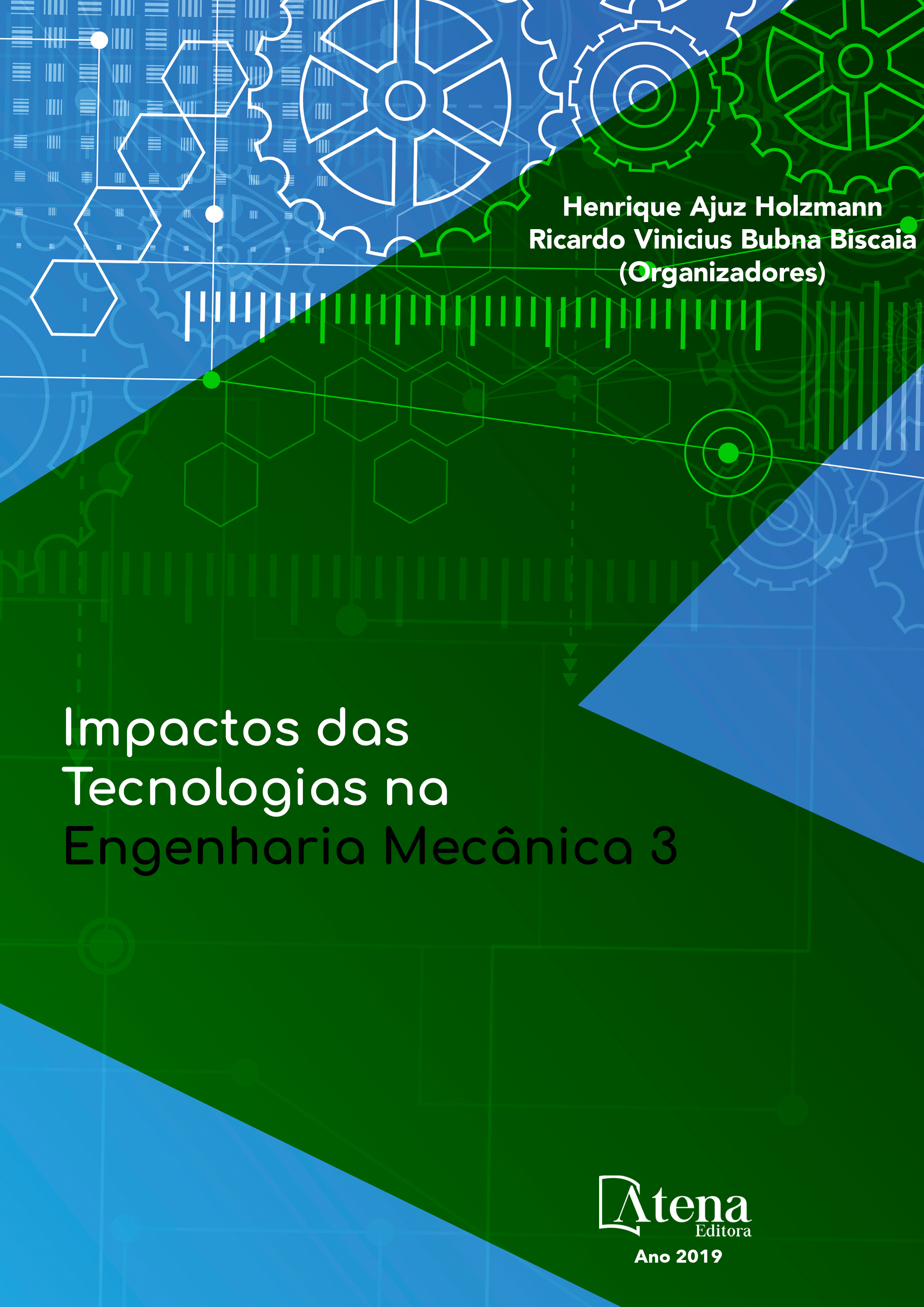
ANÁLISE EXPERIMENTAL DA USINAGEM COM AÇO INOXIDÁVEL
Uma liga de combinação de
ferro-cromo caracterizado pela resistência a
corrosão atmosférica, ao impacto e à abrasão,
o aço inoxidável é muito usado na indústria
alimentícia, de petróleo e automóveis para
inúmeras aplicações. Tal resistência se dá pela
existência de uma película ultrafina de óxido
de cromo sendo impermeável e insolúvel.
O trabalho em questão tem como finalidade
observar o comportamento do aço inoxidável
AISI 304 perante as características aplicadas
na usinagem em torno convencional. Com
o propósito principal de aferir os parâmetros
de saída, rugosidade, potência e forma de
cavaco, é fundamental conhecer os parâmetros
utilizados como a profundidade de corte,
avanço, diâmetro da peça usada, carga utilizada
no processo, voltagem no motor e velocidade
de corte empregada. Para o referente estudo
foi necessário o uso de um torno mecânico
convencional da fabricante Nardini, modelo MS-
205, com tensão de rede de 380V e ferramenta
de corte de metal duro M10. O processo
foi realizado em três peças com diferentes
parâmetros, com diâmetro inicial de 1” (25,4
mm) e 100 mm de comprimento. Para cada
corpo cilíndrico foram utilizadas profundidades
diferentes, com mesma velocidade de rotação
(RPM) e avanço, assim, obteve-se dois tipos
de cavacos sendo eles hélice obliqua e hélice
curta. Através do uso de instrumentos de
precisão foi possível levantar dados sobre a
rugosidade em todos os três corpos de prova,
com uma posterior comparação, foi também
possível medir a corrente e a tensão e assim
calcular a potência real do equipamento.
ANÁLISE EXPERIMENTAL DA USINAGEM COM AÇO INOXIDÁVEL
-
DOI: 10.22533/at.ed.48719050412
-
Palavras-chave: Aço, usinagem, parâmetros.
-
Keywords: Steel, machining, parameters
-
Abstract:
An iron-chromium alloy
characterized by it is resistance to atmospheric
corrosion, to impact and abrasion, the stainless
steel is widely used in the food, oil and
automotive industry for numerous applications.
Such resistance is due to the existence of an
ultra-thin film of chromium oxide being impermeable and insoluble. The following paper
aims to observe the behavior of AISI 304 stainless steel towards the characteristics
applied in conventional machining. With the main purpose of measuring the parameters
of output, roughness, power, and shape of the chip, it is fundamental to know the
parameters used such as cutting depth, feed rate, used part diameter, process load,
motor voltage and cutting speed maid. For the referred study it was necessary to use a
conventional lathe of the manufacturer Nardini, model MS-205, with the main voltage of
380V and tool of cutting of hard metal M10. The process was carried out in three pieces
with different parameters, with an initial diameter of 1 “(25.4 mm) and 100 mm length.
For each cylindrical body different depths were used, with the same speed of rotation
(RPM) and advance, thus, two types of chips were obtained being propeller oblique
and short propeller. Through the use of precision instruments, it was possible to obtain
data about the roughness in all three specimens, with a subsequent comparison, it was
also possible to measure the current and voltage and thus calculate the actual power
of the equipment.
-
Número de páginas: 15
- Lays Edinir da Cunha
- Luís Gustavo Moreira
- Mikael Henrique Morais
- Thomas Ernst de Goes Ferreira Kohler
- Gabriella Arruda Martins


